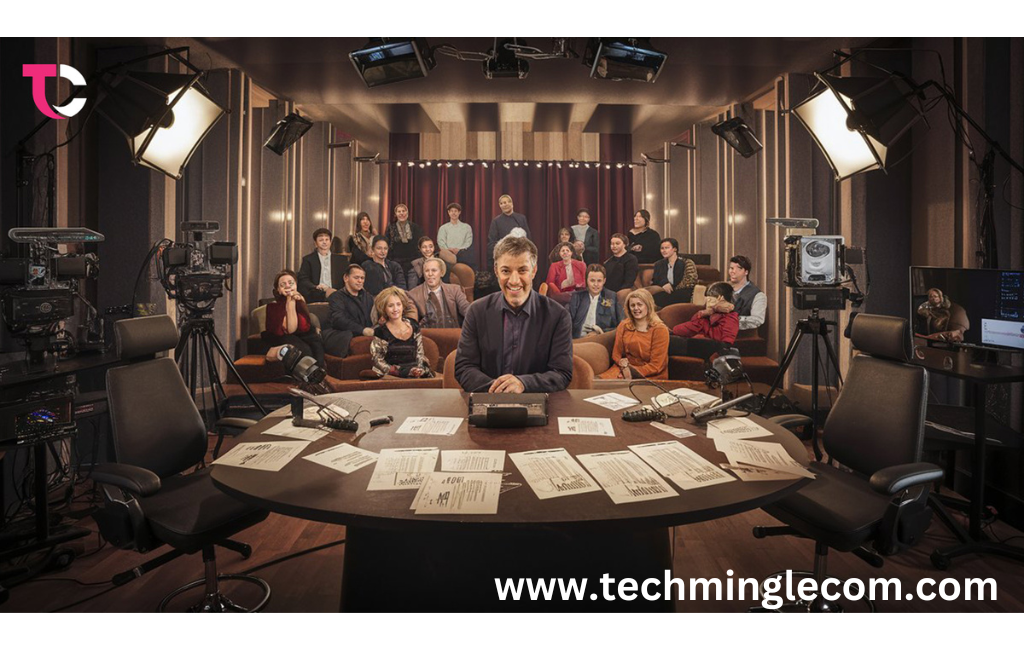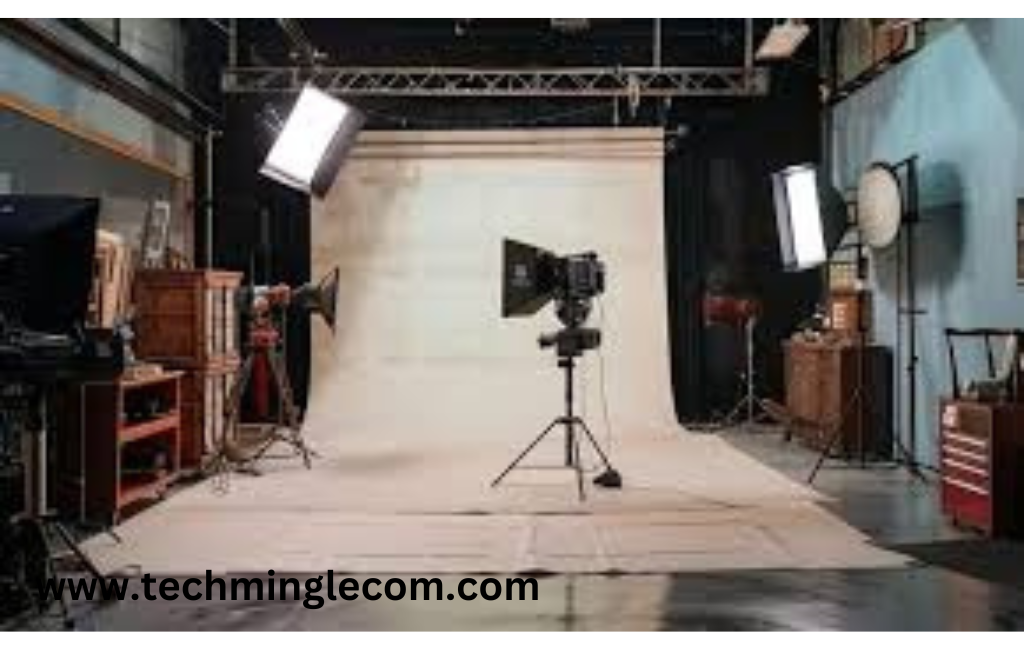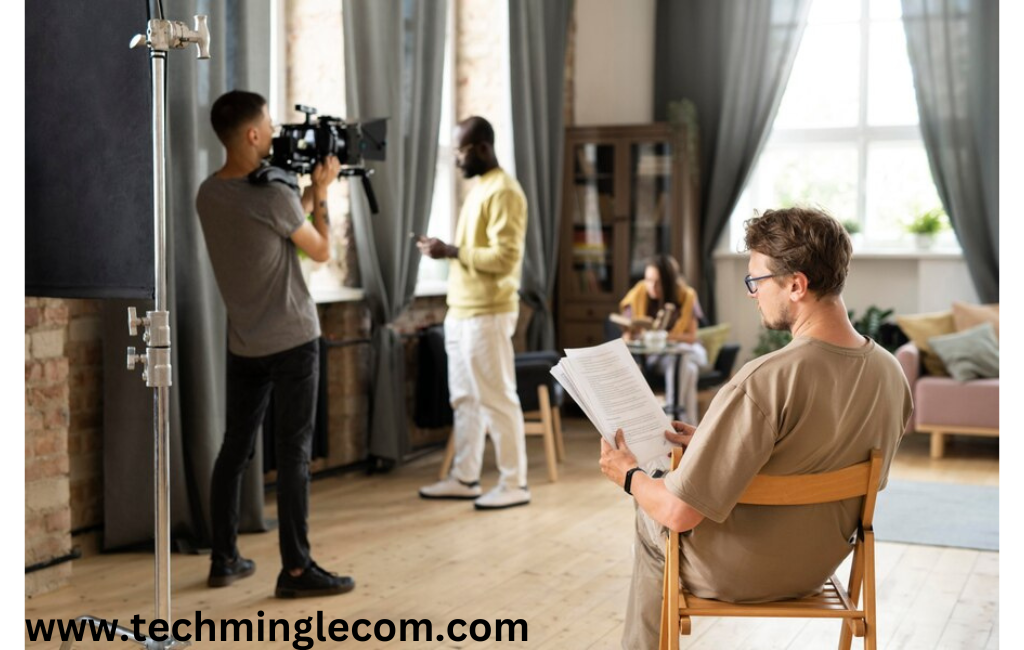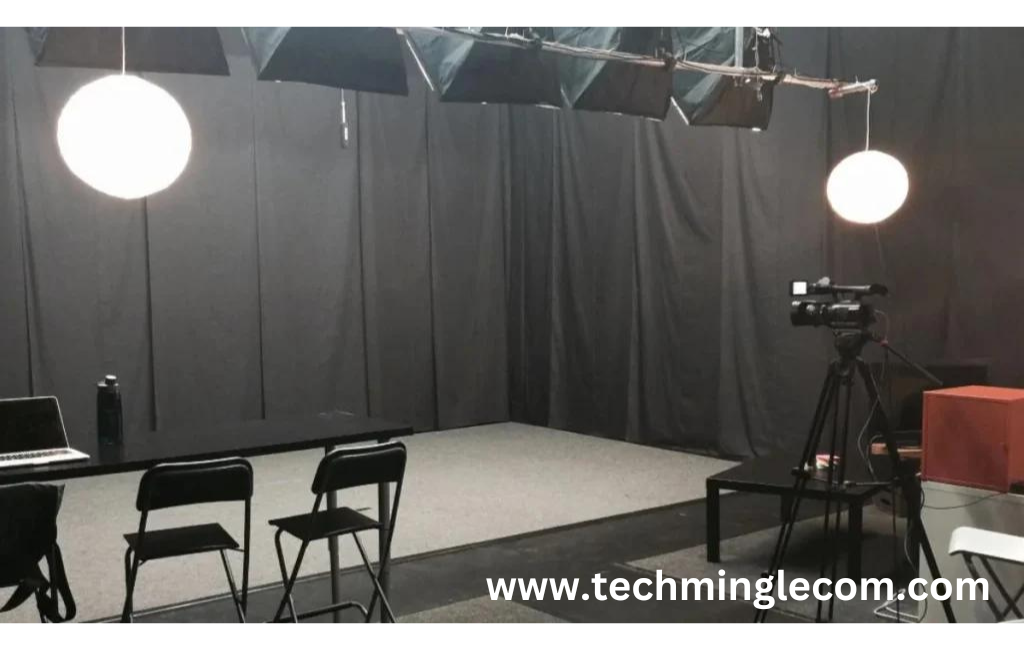
Back Casting Room:100% A Comprehensive Guide
Introduction to Back Casting Room
Back casting rooms play a pivotal role in the entertainment and corporate industries, serving as specialized spaces where casting decisions are made. Whether it’s for film, television, theater, or corporate events, these rooms are designed to provide the ideal environment for assessing talent and making critical decisions.
Understanding the Concept

Definition and Purpose
A back casting room is a specialized area where casting directors, producers, and other key decision-makers evaluate and select talent for specific roles or positions.The purpose of these rooms is to create an environment that allows for focused evaluations, ensuring that the best candidates are selected.
Historical Background
The concept of a back casting room has evolved over the years, with its origins rooted in traditional theater and film practices. Initially, casting decisions were made in general rehearsal spaces, but as the industry grew, the need for specialized rooms became apparent.
Importance in Various Industries
Film and Television
In the film and television industry, back casting rooms are essential for selecting actors and other talent. These rooms provide a controlled environment where directors can assess performances, review auditions, and make informed decisions.
Theater Production
For theater productions, back casting rooms are crucial for auditioning actors and performers. The space allows for uninterrupted focus, enabling casting directors to gauge the suitability of candidates for specific roles.
Corporate and Event Planning
Beyond entertainment, back casting rooms are also used in corporate settings for selecting speakers, hosts, and other key figures for events. These rooms ensure that the right individuals are chosen to represent the company or organization.
The Evolution of Back Casting Room
From Traditional to Modern Techniques
Early Techniques
In the early days of theater and film, casting decisions were often made in large, open spaces, such as rehearsal halls or stages. While effective, these settings lacked the privacy and control needed for detailed assessments.
Technological Advancements
With the advent of new technologies, the back casting room has evolved significantly. Modern rooms are equipped with advanced lighting, sound systems, and video recording equipment, allowing for more precise evaluations.
Impact of Digital Transformation
The digital age has brought about significant changes in how back casting rooms operate. Virtual casting sessions, remote assessments, and digital auditions are now commonplace, offering new possibilities and challenges for casting professionals.
Key Components of a Back Casting Room

Essential Equipment
Lighting and Sound Systems
Proper lighting and sound are critical in a back casting room. High-quality lighting ensures that every detail of a performance is visible, while advanced sound systems capture audio with clarity, enabling a thorough review of each audition.
Video Recording and Playback Devices
Recording equipment is another essential component. Video cameras, playback devices, and monitors allow casting directors to review performances multiple times, ensuring that no detail is overlooked.
Room Layout and Design
Creating an optimal room layout and design for a back casting room is crucial to its functionality. The design should facilitate smooth operations, enhance the casting process, and ensure that everyone involved can perform their tasks effectively. Below are key considerations for achieving an ideal room layout and design.
Space Optimization
Space optimization involves making the most of the available area while ensuring that the room remains functional and comfortable. The layout should allow for easy movement, with enough room for talent, casting directors, and equipment. Properly arranging furniture and equipment helps maintain an organized space, reducing clutter and distractions.
Seating Arrangements: Ensure there is comfortable seating for all participants. Chairs should be positioned to provide a clear view of the audition area, with enough space between them to allow for note-taking and discussions.
Audition Area: Designate a specific area where talent can perform. This space should be free of obstructions and well-lit, allowing casting directors to observe performances without any visual distractions.
Equipment Placement: Place recording devices, lighting, and sound equipment in locations that do not interfere with the audition area. This ensures that the focus remains on the talent while maintaining easy access to the necessary tools.
Acoustics Considerations
Acoustics play a vital role in the effectiveness of a back casting room. Poor acoustics can lead to unclear audio recordings, making it difficult to assess a talent’s performance accurately. Consider the following when designing the room’s acoustics:
Soundproofing: Implement soundproofing materials to minimize external noise and prevent echoes within the room. This can include acoustic panels, carpets, and heavy curtains, all of which absorb sound and enhance audio clarity.
Speaker Placement: If the room includes a sound system, place speakers strategically to ensure even sound distribution. This helps everyone in the room hear the audio clearly, whether it’s for playback or live performances.
Microphone Setup: Use high-quality microphones and position them correctly to capture clear audio. Testing different microphone placements can help find the best setup for capturing voices without distortion.
Setting Up a Back Casting Room

Planning and Budgeting
Cost Considerations
Setting up a back casting room requires careful planning and budgeting. Costs can vary widely depending on the equipment and space requirements, so it’s essential to allocate resources wisely.
Resource Allocation
Allocating resources effectively involves prioritizing the most critical components, such as high-quality lighting, sound systems, and video recording equipment. Investing in these key areas can significantly impact the room’s overall functionality.
Step-by-Step Setup Process
Choosing the Right Location
Selecting the right location is the first step in setting up a back casting room. The space should be quiet, easily accessible, and large enough to accommodate the necessary equipment and personnel.
Installing Equipment
Once the location is chosen, the next step is to install the required equipment. This includes setting up lighting, sound systems, video recording devices, and any other essential tools needed for the casting process.
Testing and Calibration
Before using the room, it’s crucial to test and calibrate all equipment. This ensures that everything is working correctly and that the room is ready for casting sessions.
Best Practices for Using a Back Casting Room
Conducting Successful Casting Sessions
Preparing the Space
Preparation is key to a successful casting session. This involves setting up the room in advance, checking all equipment, and ensuring that the space is clean and organized.
Managing Time and Resources
Effective time management is essential during casting sessions. Scheduling appointments carefully, sticking to a timeline, and making efficient use of resources can help ensure a smooth process.
Ensuring a Positive Experience for Talent

Creating a Comfortable Environment
A comfortable environment can significantly impact the performance of talent during casting sessions. Providing amenities such as seating, refreshments, and a welcoming atmosphere can help candidates feel at ease.
Providing Clear Instructions
Clear communication is crucial during casting sessions. Providing candidates with detailed instructions on what to expect, how to prepare, and what will be required of them can help reduce anxiety and improve performance.
Common Challenges and Solutions
Technical Issues
Troubleshooting Equipment Failures
Technical issues can arise at any time, and it’s important to have a plan in place for troubleshooting. Regular maintenance and testing of equipment can help prevent failures during critical moments.
Dealing with Acoustics Problems
Acoustics problems can affect the quality of recordings and assessments. Using soundproofing materials and carefully designing the room can help minimize these issues.
Logistical Challenges
Scheduling Conflicts
Scheduling conflicts are a common challenge in the casting process. Using scheduling software and maintaining open communication with all parties can help avoid overlaps and ensure that sessions run smoothly.
Managing Multiple Projects
Handling multiple projects simultaneously requires careful planning and organization. Keeping detailed records, setting priorities, and delegating tasks can help manage the workload effectively.
Future Trends in Back Casting Rooms
Integration of AI and Automation
Smart Systems
The future of back casting rooms is likely to involve the integration of AI and automation. Smart systems can assist with tasks such as scheduling, recording, and even evaluating performances, streamlining the casting process.
Predictive Analysis
AI-driven predictive analysis can provide insights into candidate suitability, helping casting directors make more informed decisions.
Virtual and Augmented Reality
Enhancing the Casting Process
Virtual and augmented reality technologies are set to revolutionize the casting process. These tools can provide immersive experiences, allowing casting directors to visualize how talent will perform in different scenarios.
Expanding Creative Possibilities
The use of VR and AR in casting opens up new creative possibilities, enabling casting directors to experiment with different setups and visualize performances in ways that were previously impossible.
Conclusion
Summary of Key Points
The back casting room is an essential tool in the entertainment and corporate industries, providing a controlled environment for making critical casting decisions. With the right equipment, layout, and best practices, these rooms can greatly enhance the casting process.
Final Thoughts on the Future of Back Casting Rooms
As technology continues to advance, the future of back casting rooms looks promising. The integration of AI, automation, and immersive technologies will likely lead to even more efficient and creative casting processes.
FAQs
What is a back casting room?
A back casting room is a specialized space where casting decisions are made, equipped with the necessary tools and technologies to evaluate talent effectively.
How much does it cost to set up a back casting room?
The cost of setting up a back casting room can vary widely depending on the equipment, space, and specific needs of the project. It’s essential to budget for high-quality lighting, sound systems, and recording devices.
What equipment is essential for a back casting room?
Essential equipment for a back casting room includes high-quality lighting, sound systems, video recording and playback devices, and proper acoustics management.
How do I troubleshoot common issues in a back casting room?
Common issues such as equipment failures and acoustics problems can be troubleshooted by regular maintenance, testing, and using soundproofing materials to improve room acoustics.
What are the emerging trends for the future of back casting rooms?
Future trends in back casting rooms include the integration of AI, automation, and virtual/augmented reality technologies, all of which will enhance the casting process.


